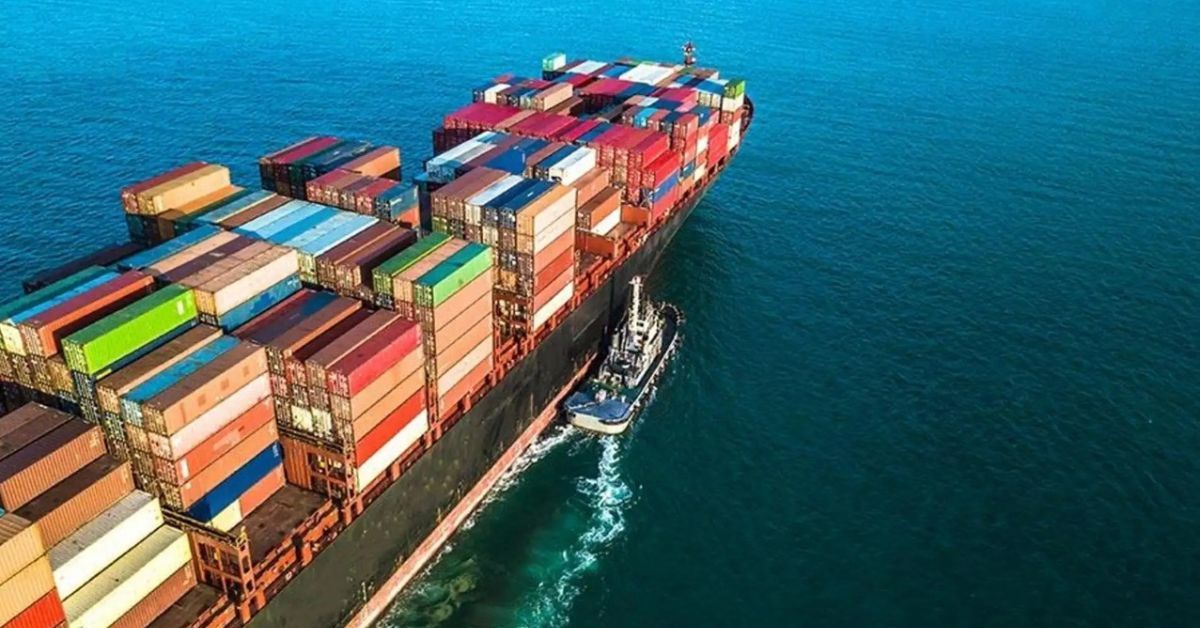Despite worries about trade restrictions, a State Bank of India analysis predicts that the effect of U.S. tariff reciprocity on Indian exports will be negligible. According to the analysis, the overall decline in Indian exports to the United States is only expected to be about 3 to 3.5 percent, even if the United States imposes higher tariffs of 15 to 20 percent.
It stated, “Our estimates show overall incremental tariff levels even at 15-20 per cent imposed by USA would still limit the impact on exports to US only in the range of 3-3.5 per cent which again should be negated through higher export goals”. According to the report, scientists think that this effect can be mitigated by India’s strategic export diversification, increased value addition, and exploration of new trade routes.
With 17.7% of all exports in the fiscal year 2023–2024 going to the United States, the country continues to be India’s top export destination. To lessen its reliance on any one market, India is changing its export strategy. In order to guarantee export stability, India is attempting to fortify its supply chain networks in light of expanding economic relations with the Middle East, Europe, and other areas. India’s tariff policies have been more dynamic throughout time, but U.S. levies on Indian exports have stayed mostly unchanged.
According to the analysis, the U.S. tariff rate on Indian imports rose from 2.72 percent in 2018 to 3.91 percent in 2021 before dipping marginally to 3.83 percent in 2022. However, India’s import duties on the United States have increased more dramatically from 11.59 per cent in 2018 to 15.30 per cent in 2022.
India’s more forceful trade strategy, which aims to balance trade relations while safeguarding domestic sectors, is reflected in this change in tariff structures. By switching from raw resources to completed commodities and high-value products, India has been concentrating on enhancing the value of its exports. By keeping Indian goods competitive in international markets, this policy not only increases export revenues but also lessens the possible impact of tariff hikes.
In order to lower logistical costs and increase efficiency, the report also stated that India is aggressively developing other trade routes that link the U.S., Europe, and the Middle East. Despite global concerns, it is anticipated that this reorganized supply chain strategy will improve India’s standing in international trade. In general, even though the US might impose more tariffs, India’s aggressive trade policy, export diversification, and supply chain realignment are expected to mitigate the impact, ensuring steady export growth in the long run.







